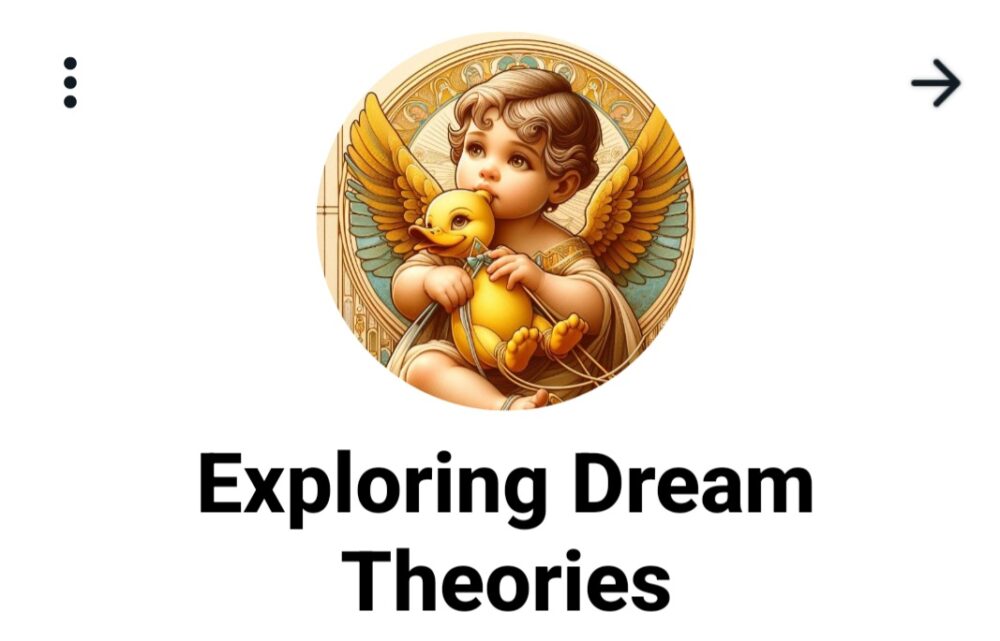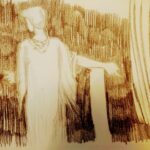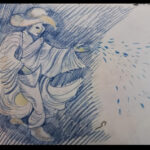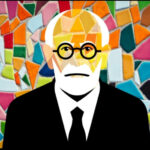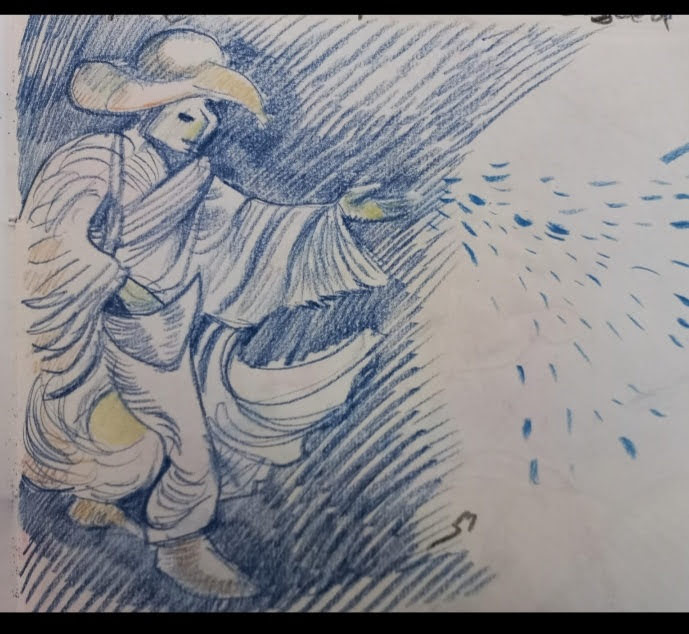Integration of Freudian Theory and Modern Neuroscience
Freud’s psychoanalytic theory posits that dreams reveal latent content, such as our repressed desires and unresolved conflicts. Modern neuroscience offers parallels through studies on the Default Mode Network (DMN), which remains active during REM sleep and is associated with vivid dreaming (Nielsen and Powell, 2022). This activity suggests that mechanisms underlying dreaming and mind-wandering are interconnected, supporting Freud’s conceptualization of dreams as a manifestation of our deepest unconscious processes. This synthesis of Freudian psychoanalysis with contemporary neural science not only enhances our comprehension of dreams from a psychological perspective but also underscores the potential of dream analysis for creative and therapeutic outcomes (Dreamtheory.org, 2022; Nielsen, T.A., & Powell, R.A. Neuroimage, 2022).
Lucid Dreaming and Object Relations Theory
Lucid dreaming provides an intriguing platform to explore internal psychological dynamics through object relations theory, which suggests our psyche is composed of internalized interactions with key figures in our lives (Kinderman et al., 2021). In lucid dreams, interactions with dream characters may represent different internal conflicts or desires, facilitating a unique method for psychological investigation and integration of complex emotional states (Dreamtheory.org, 2022; Kinderman, P., et al. Journal of Personality Disorders, 2021). This active engagement in dreams can serve as a powerful tool for self-reflection and emotional resolution, providing insights into one’s mental and relational structures.
Dreaming in Art and Comics
Dreams have long served as a rich vein of inspiration in the arts, as exemplified by Winsor McCay’s “Little Nemo in Slumberland.” McCay’s work vividly portrays the surreal, boundless nature of dream worlds, echoing Freudian ideas of the dreamspace as a realm where the unconscious mind can express itself unencumbered by reality’s strictures (Rosen, 2018). The use of dreams in McCay’s comics and other artistic mediums illustrates how dreams can be creatively repurposed to explore and articulate complex psychological and narrative themes, mirroring our own intrinsic dream experiences (Dreamtheory.org, 2022; Rosen, C. Art History, 2018).
Dreams’ Impact on Memory and Creativity
Research indicates that dreams are integral to memory consolidation, problem-solving, and emotional regulation, supporting their role in cognitive and emotional well-being (Walker and van der Helm, 2009). The process of dreaming involves the dynamic reassembly of memories and desires, akin to the creative processes observed in art-making (Stickgold et al., 2001). These findings highlight the crucial function of dreams in enhancing mental flexibility and creativity, further illustrating the multifaceted impact of dreaming on our cognitive landscapes (Dreamtheory.org, 2022; Walker, M.P., & van der Helm, E. Nature Neuroscience, 2009; Stickgold, R., et al. Science, 2001).
Therapeutic Implications of Dreaming
Both traditional psychoanalytic approaches and modern therapeutic techniques emphasize the value of dream analysis for emotional recovery and personal growth. Dream reflections, especially in the context of lucid dreaming, allow individuals to confront and process internal conflicts and emotional disturbances (Edwards et al., 2015). This therapeutic dimension is linked to the reflective operations of the DMN during mind-wandering and dreaming, offering a space to ponder past experiences and unresolved emotions, thereby promoting mental health and insight (Dreamtheory.org, 2022; Edwards, C.L., et al. Journal of Clinical Psychology, 2015).
These expanded insights from dream theory and related disciplines underscore the profound interconnections between dreaming and various forms of human expression, providing a deeper understanding of the psychological foundations of dreaming and their significance in exploring human consciousness.
